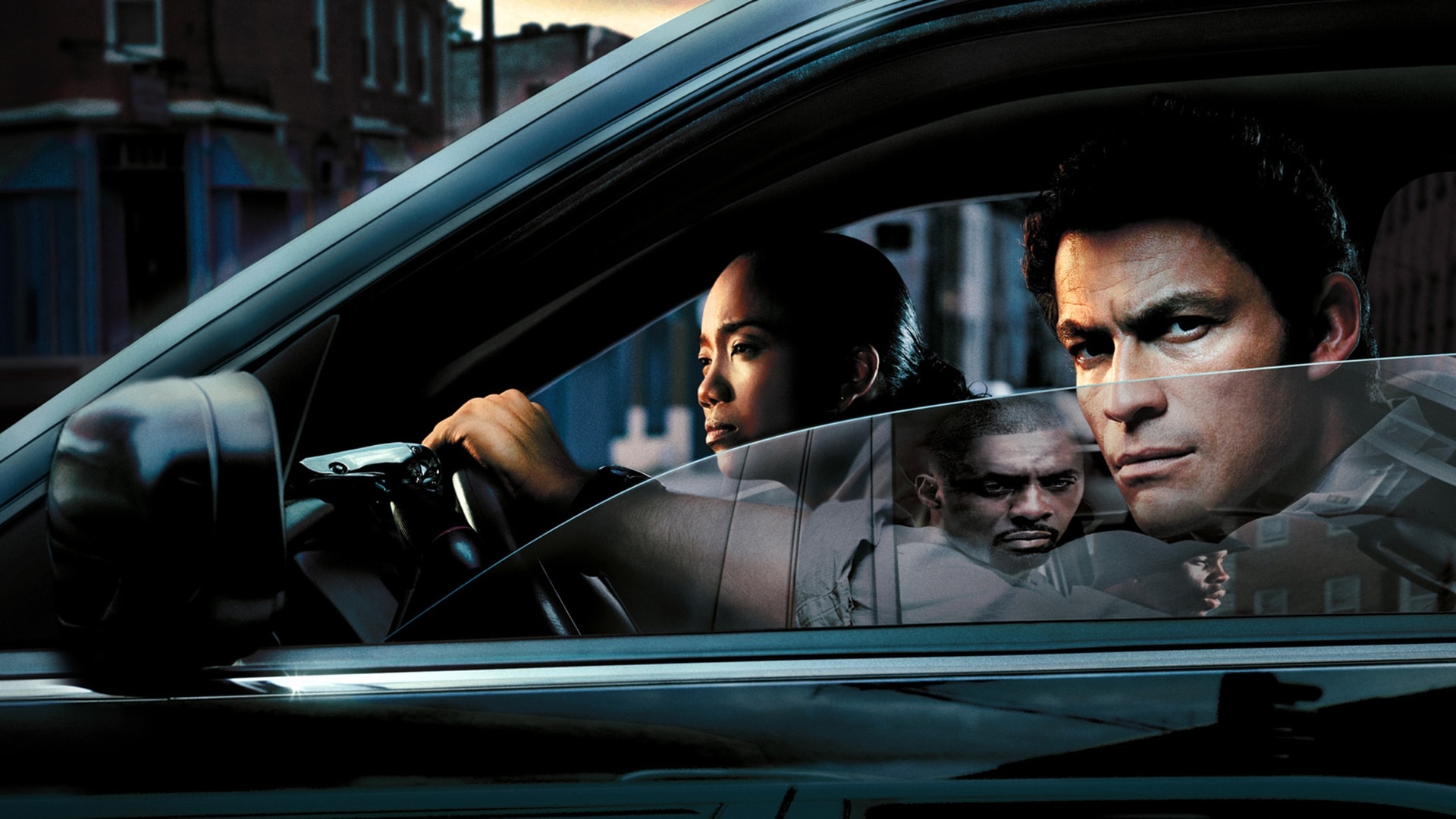Back of a Cop Car is a section located at the rear of a police vehicle used to transport individuals in custody. This area is typically a confined space with seating and safety features to secure the passenger.
Table of Contents
Inside The Backseat: The Intense Experience
The backseat of a cop car is anything but comfortable. Confined spaces and limited visibility make it a claustrophobic environment for anyone who finds themselves in there. The arresting moment is filled with anxiety, fear, and uncertainty. As the heavy metal door slams shut, a sense of isolation sets in.
Psychological effects on detainees are profound. The minutes turn into hours, with only a small window for the outside world. Sudden jolts and the sound of sirens further exacerbate the tense atmosphere. It’s a place where regrets and introspection take over, a space where one contemplates the consequences of their actions.
| Key Points |
|---|
| Confined spaces |
| Limited visibility |
| Anxiety, fear, and uncertainty |
| Sense of isolation |
| Psychological effects |
| Regrets and introspection |
Physical Discomfort: A Reality Check
Physical discomfort is an unavoidable reality when it comes to being in the back of a cop car. The hard seats and lack of support contribute to an uncomfortable experience. Sitting for prolonged periods with handcuffs and restraints only adds to the discomfort. The extreme temperatures inside the car, coupled with a lack of proper ventilation, can make the situation even worse. It’s important to acknowledge the physical challenges that individuals in police custody face, as it can have a significant impact on their well-being during transportation. Taking steps to address these issues, such as providing better seating options and ensuring proper temperature regulation, can make a significant difference in mitigating the physical discomfort faced by individuals in the back of a cop car.
The Emotional Impact: Understanding The Trauma
The emotional impact of being in the back of a cop car can be immensely challenging, resulting in lasting trauma. Fear and anxiety are common feelings experienced during such situations. The loss of control and autonomy can further exacerbate these emotions, as individuals may find themselves powerless and at the mercy of the authorities. Moreover, the stigmatization and public scrutiny that often follow a cop car incident can be overwhelming and demoralizing. Being associated with law enforcement can lead to judgment, assumptions, and even labeling, causing additional distress for those involved.
The Road To Redemption: Rehabilitation And Reform
Transforming the cop car experience
Reimagining the cop car experience is crucial in fostering rehabilitation and reform within the criminal justice system. Beyond the surface of vehicular features and design, the focus is shifting towards mental health and well-being. Recognizing the importance of supporting the officers inside these cars, initiatives are being undertaken to provide comprehensive programs that address their psychological needs. In addition to prioritizing mental health, there is an increasing emphasis on implementing alternative solutions to traditional law enforcement interventions. By diverting low-level offenses towards community-driven resources and specialized programs, a holistic approach can be established. These measures serve to humanize the interactions between police officers and the communities they serve, ensuring long-lasting impact. |

Credit: www.hbo.com
Frequently Asked Questions For Back Of A Cop Car
What Is In The Back Of A Police Car?
The back of a police car typically contains a secure partition, a child safety seat, a first aid kit, a fire extinguisher, and other necessary equipment for law enforcement activities.
What Is The Divider In A Police Car Called?
The divider in a police car is called a partition. It separates the front seating area from the backseat, providing safety and security for both officers and detainees.
Are Cop Cars Modified?
Yes, cop cars are modified to meet the specific needs of law enforcement. Modifications include adding safety equipment, communication systems, and enhancing the car’s performance for pursuit and emergency situations.
Do Cop Cars Have Door Handles In The Backseat?
Yes, cop cars typically have door handles in the backseat for safety and ease of access.
Conclusion
Riding in the back of a cop car can be a surreal experience that shakes us to our core. Whether we encounter it through real-life situations or in the world of entertainment, it serves as a reminder of the power and responsibility of law enforcement.
It’s essential to deepen our understanding of these experiences to foster empathy, justice, and a safer society for all. Let us strive to support and strengthen our law enforcement system while advocating for a fair and equitable society.
